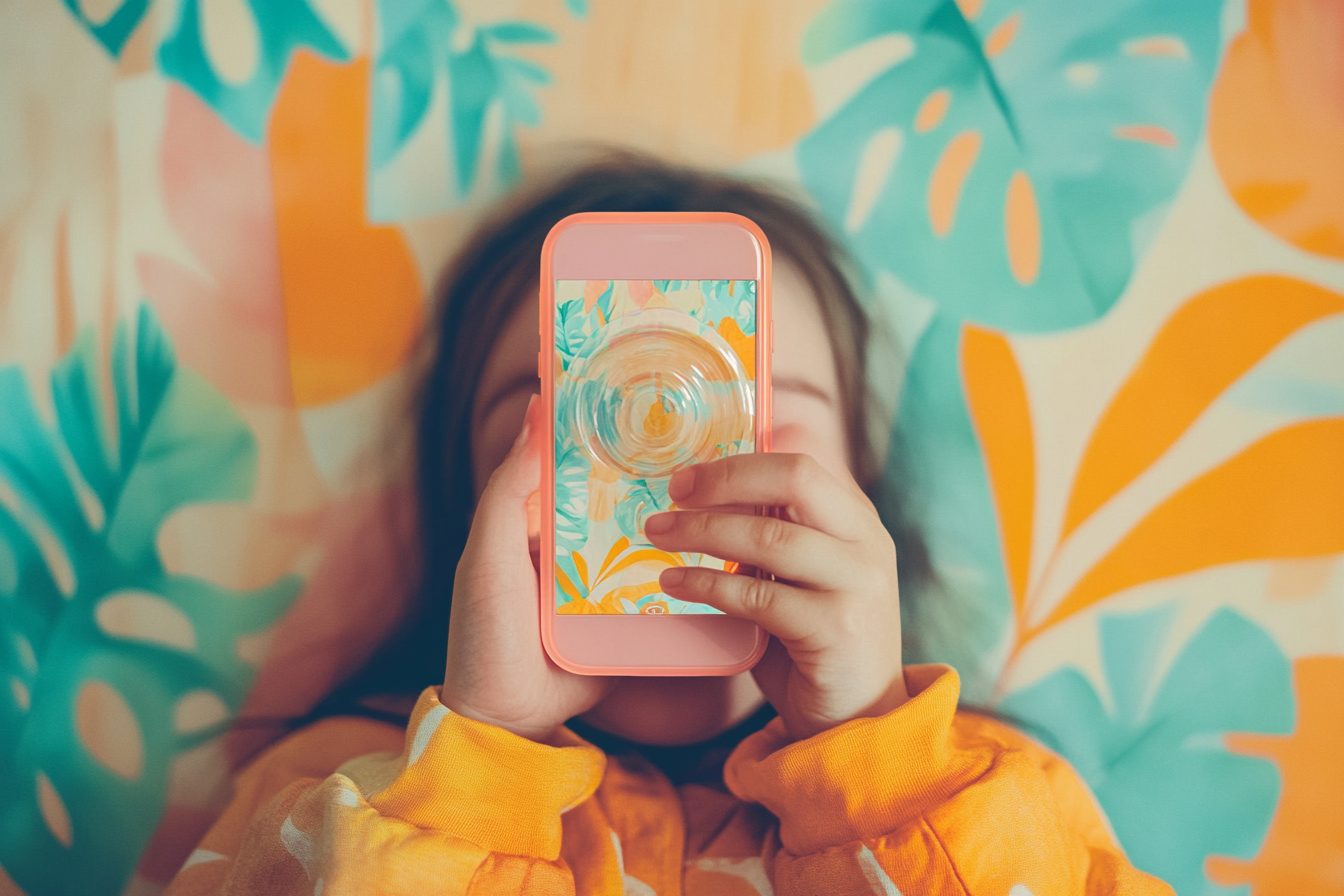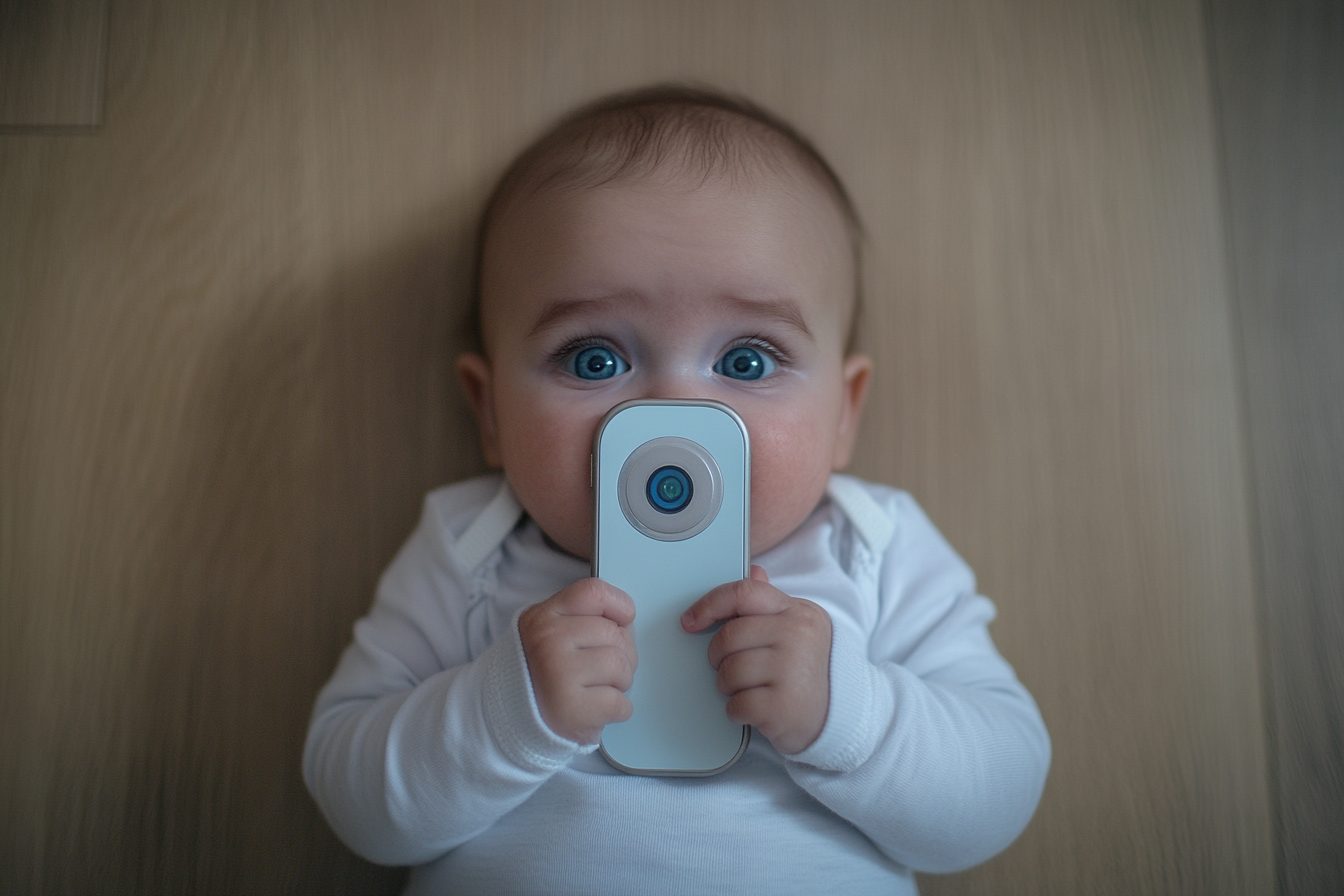Last Tuesday, I was waiting for a colleague at a restaurant when I noticed I would have to wait 15 minutes. As I waited, I experienced a peculiar form of social anxiety, which stems from the need to interact while in public. My hand reached toward my phone long before the idea had brewed fully.
The absence of a practical purpose was evident as I scrolled through the emails for the second time. I wasn’t interacting or require engaging with anyone, and the mere act relieved mild discomfort. The only reason my phone captivated my attention irrelevant surge in uses, which only acted as an emotional pacifier.
While spending years of documenting and dissecting our unhealthy relationships, I have noted just how instant, automated, and unthinking many actions may be taken. With these thoughts indeed drawing me to a new perspective, I realized my smartphone goes far beyond unpleasant actions or idle comforts; it’s a powerful device capable of invoking stray daydreams.
Ask yourself what makes you reach for your phone. At times, the reasons may be functional, such as checking the directions, messaging someone, or looking up something. But for most of us, it is about alleviating some form of discomfort. You may be bored during work meetings. Or fill anxious in a social gathering. Uneasy while waiting for someone. Restless while trying to sleep. Or training on a Friday night. All of these factors are emotional triggers and not informational needs.
It is not just a metaphor but rather a psychological explanation when they say that childhood comfort objects parallel to today’s world. Psychologists have pointed out that things like blankets and stuffed animals help young children cope up with keeping them away from parents by managing what is known as separation anxiety. These objects aid children in managing uncertain and uncomfortable situations, helping them feel protected and in control.
Think about how comforting our phones and social media can be.
Similar to how stuffed animals and blankets serve emotional comforts for children, phones provide the same functions for adults. In today’s world, phones can be seen as a version of teddy bears. Adults Meetings and gatherings. Offering relief from the discomforts of engaging with people while pretending to be productively connected, phones are able to help distract users emerge from discomforts.
This became personal for me in a recent family event. I witnessed my three-year-old niece having a tantrum as my sister attempted to take away her cherished stuffed rabbit before a picture. The frantic pulling, the crying sound of protest, the anguish accompanying a tethered struggle—each of these were textbook examples of toddler meltdowns regarding comfort objects.
Later that same evening, my sister requested to borrow my phone to look at a recipe, and in that moment, I felt an inexplicable visceral reluctance. “Just tell me what I need to look up,” I said, refusing to relinquish my phone. It was only much later, after crafting excuses, that I realized the resemblance; in this scenario, the digital pacifier had been removed and my response was socially acceptable albeit similar to that of my niece.
The analogy stands to be even better when you look at the effects people face when they are forced to lose access to their phones. Research highlights the fact that individuals tend to have heightened levels of anxiety, faster heartbeats, and in some cases, weaker mental capabilities when phones are removed from them, or set in a different room. We don’t refer to these as “withdrawal symptoms” or “separation anxiety” when it pertains to adults. Rather, they get dubbed with convenient phrases like “nomophobia” – the fear of being devoid of mobile contact—but the reality is, the underlying psychological structure of monophobia is rather identical.
To my own life, the case is true during my ongoing efforts at a “digital detox.” I think of them as attempts at digital detox. The very first hours devoid of the smartphone device comes with a set of anxiety symptoms, a restlessness that persists and gives an impression of something amiss. Anxiety makes me reach out to non-existent devices, trying to touch empty pockets, even slapping on empty spaces of mild, but palpable anxiety. This makes me a tad embarrassed, especially because I am now rotating my car, making multiple circles around one-way streets, to grab a cell device for journeys where I openly admit I do not need any form of such accessories. And what’s the worst thing that I’m scared off? Not being able to access me will trap in mediations out of route in no-mask-controlled passageways making me unaccountable to the telco enslavement.
The danger of this is that it claims to be a form of immaturity, which in fact is rather deceitful adult behaviour. When a kid takes a freaking blanket, we circle it as a “growing up” phase. But an adult who cannot stare into an mirrors reflection turn becomes modern life.
The narrative describing the evolution of how we got here is enlightening. Concern over “smart” devices did not worry me, as they began navigating and stimulating areas of life where threats receptively impose freedom. The devices first ostensibly cut the pursuit of self, utterly split into multiple channels into communication tools, sources of information, entertainment, work, and socialization. But as these devices became to entwine into our lives on a more personal level, some form of telecontrol devices began triggering distress.
As an app designer and UX specialist, I’ll be the first to tell you that they too, I am one of them, started optimizing for “engagement,” which is no more than a euphemism for emotional addiction. We designed interfaces that encouraged frequent checking, built notification systems that exploited FOMO, and created features that offered random rewards—what is known as variable reward reinforcement—one of the key principles underlying the addictive nature of gambling.
What we did not say, at least as far as our strategy meetings go, is that we were effectively designing emotional regulation systems. We were designing objects that intervened in self-soothing attempts and coping strategies, in the management of emotions from one moment to the next.
The success of this method is apparent in the almost automatic way we now reach for our phones in times of emotional discomfort. Identify one of the discomfort triggers below:
A slight feeling of boredom? Reach for your phone.
Experiencing an awkward silence in a conversation? Reach for your phone.
Feeling anxious about what you have to do? Reach for your phone and distract yourself.
Unable to sleep? Reach for your phone.
Feeling lonely? Grab your phone.
Procrastinating? Use your phone.
And many more…
These sequences have united due to the presence of technology, however, this has not only replaced habit—this is technology-assisted emotional regulation. Screens have become windows used to control one’s internal world and what ranges of human emotions they want shield their minds from.
This digital pacification comes with a heavy cost. Substituting phone-checking for sitting in silence does not provide us the opportunity for self-reflection, creative thinking, and innovation. Boredom filled with scrolling comes at a cost, which is a lack of cognitive benefits that arise from the daydreaming. When we retreat to our screens to avoid social interactions, we lose countless opportunities to hone our interpersonal skills.
Even more concerning is how this impacts our ability to be alone with ourselves. Philosophers long say ‘‘solitude is an essential trait for psychological development’’, deconstructing it to not simply mean loneliness, rather constructive, chosen abandonment. The ease to be with one’s thoughts signifies emotional maturity but increasingly we will not need to develop this skill. Digital pacifiers are easily accessible at any time when even the slight notion of discomfort sets in, making this thought almost irrelevant.
Personally, I have had mixed results trying to work on this dependency. Set visits to waiting areas as coffee shops or airports where I would avoid checking my phone for at least ten minutes. It was a battle but for the time frame I was fighting, the world around me provided more than enough stimulation.
It was harder than I expected. Each urge to retrieve my phone made me want to reach for it. I became overstimulated with everything around me: the world, my posture, and the mild social anxiety of having no use staring at a screen. Was I making eye contact too frequently? Too little? Did I have to pretend to be busy? Calm? Without my cell phone feeling like a buffer, I felt awkwardly exposed.
However, each time I tried to get over that discomfort, the outcomes were different. My mind would calm down. I would pay attention to architecture, social behavior, and the light that flowed through the windows. I could formulate something unexpected or join the pieces of a puzzle that had been stuck in my subconsciously. I would occasionally have a memorable conversation with a random person.
After this type of waiting room experience resulted in me talking to a retired architect (who became a great professional contact), I thought about the conversation we had. I realized the things that need to be sacrificed for comfort: surprises. The blend of links, notes, and thoughts that are impossible to come up with without actively being in the moment, which as the phrase goes, ‘thinking outside the box’, even when that moment is uneasy.
Acknowledging this dependency has not been easy and I certainly haven’t tried to overcome it. Only yesterday, I found myself checking emails while brushing my teeth. The lack of purpose in such a moment made me realize that I was engaging with technology for no good reason. These days, I still reflexively reach for my mobile during breaks or when I’m socially overwhelmed. At least for me, complete digital detachment is not the idea.
What are my suggestions? Conscious thought coupled with awareness. I want to understand the precise moments when I decide to use my phone as an emotional placater. Engaging with my device should be voluntary; as an action every user consciously deliberates about, and not something one does unwillingly due to debilitating awkwardness.
The answer begins with trying to pause. So, when I decide to reach for my mobile, I attempt to ask the following questions. Why do I wish to engage with my phone at this particular instance? What attempts am I trying to modulate? Further, what would happen if I chose to simplify my existence to time without having to engage with a digital device?
The reasoning sometimes holds validity. In some instances, I wish to connect with someone, would like to gain access to specific pieces of information or fetch entertainment. More often than not, however, I choose to seek comfort, evade uncomfortable emotions and escape the present.
Recognizing this does not instantly break the habit, but it does create openings for development. And in fact, in our ultra-connected world, this may be all we can ask for—it is not the refusal of our digital devices, but rather having a more mindful use of them.
So next time that unconsciously habitual impulse to grab your phone arises, pause just a moment long enough to pose this question to yourself: Am I employing this as a tool, or is it a cozy blankie I’m fetching? The answer may be quite troubling, but as we know all too well, this is usually where growth begins.
If you will excuse me, I need to go put my phone into another room while I complete this essay because my digital pacifier is buzzing and I’m trying to ignore it at least today.






